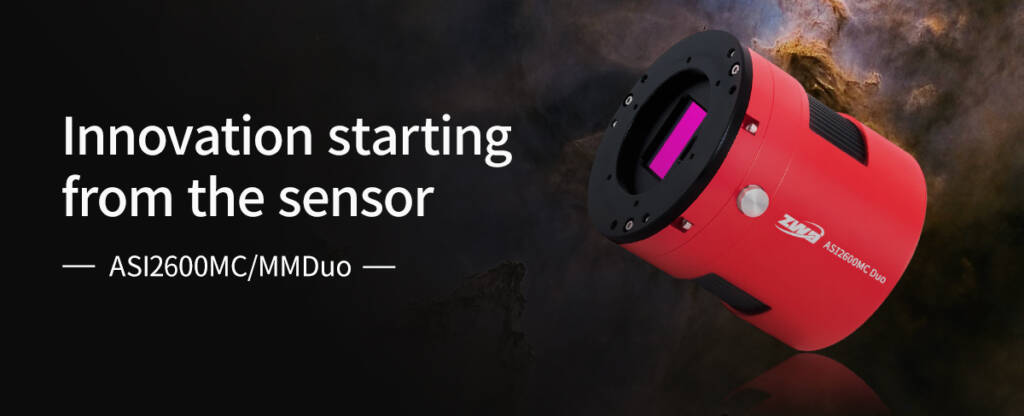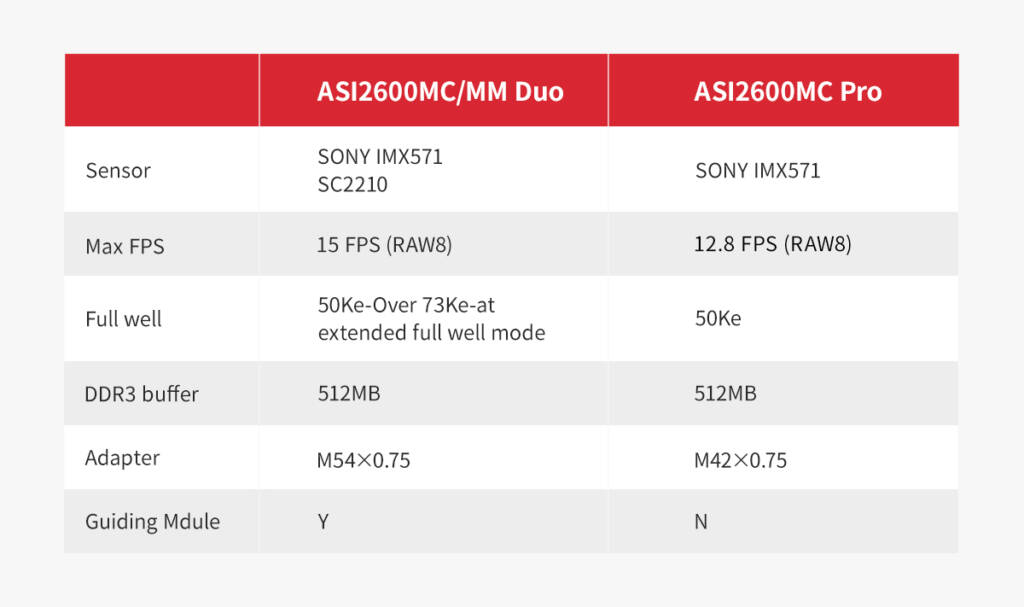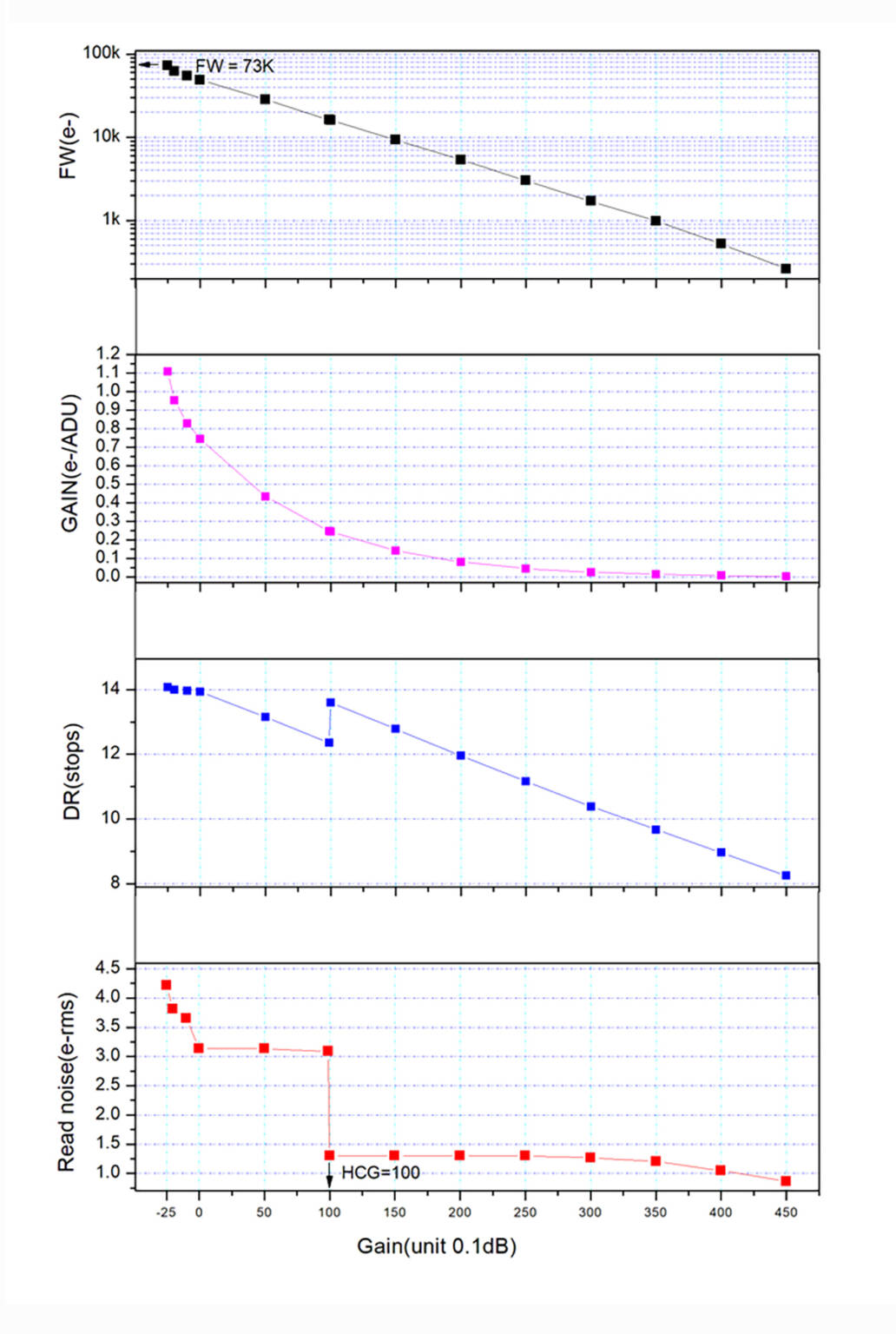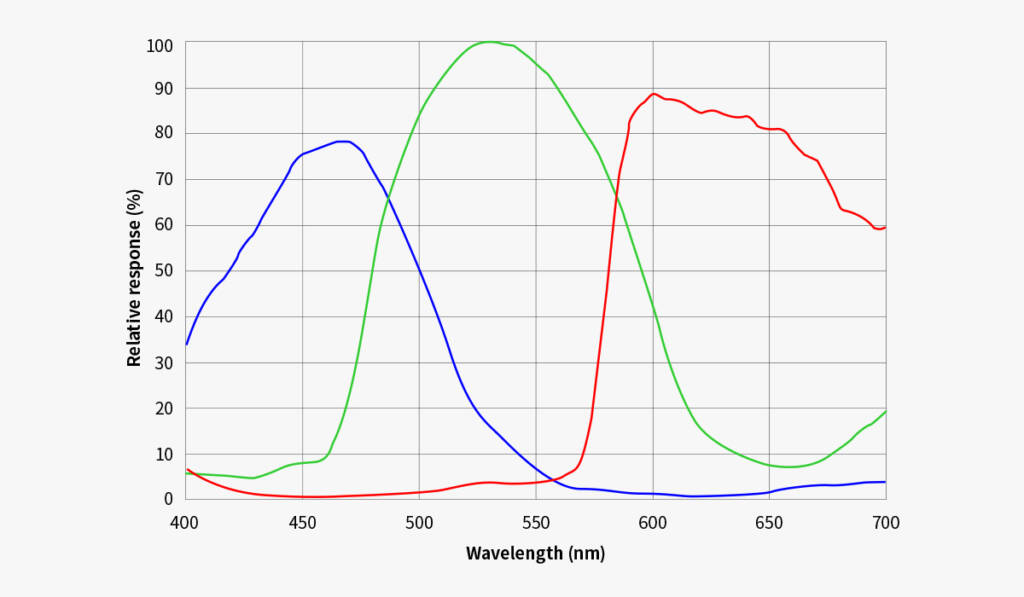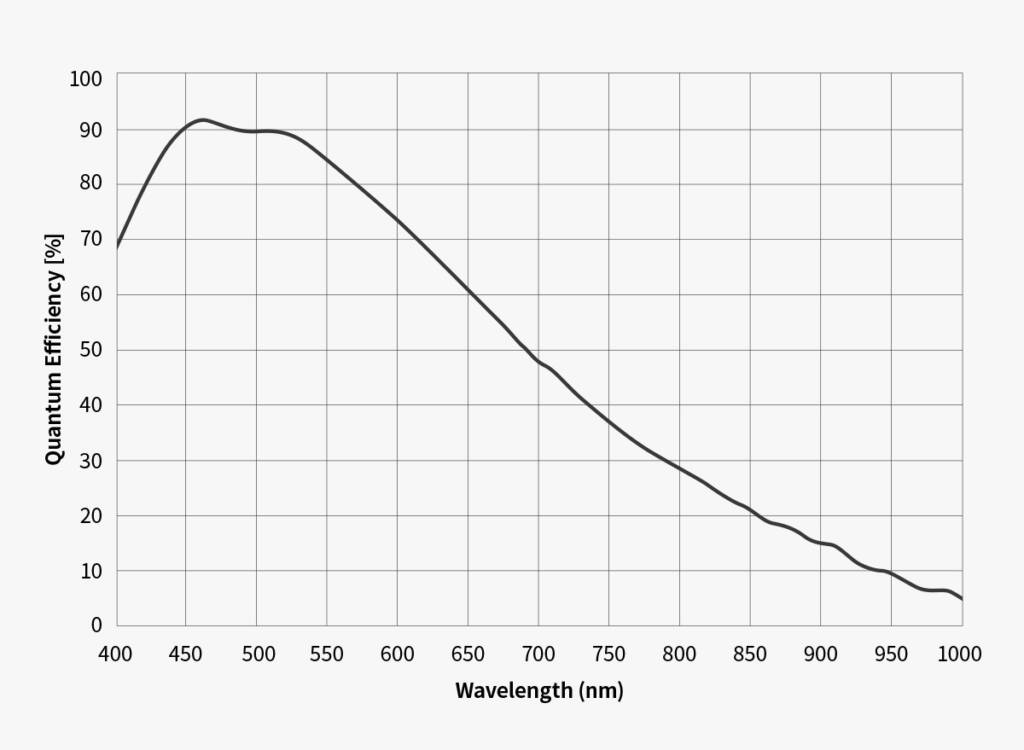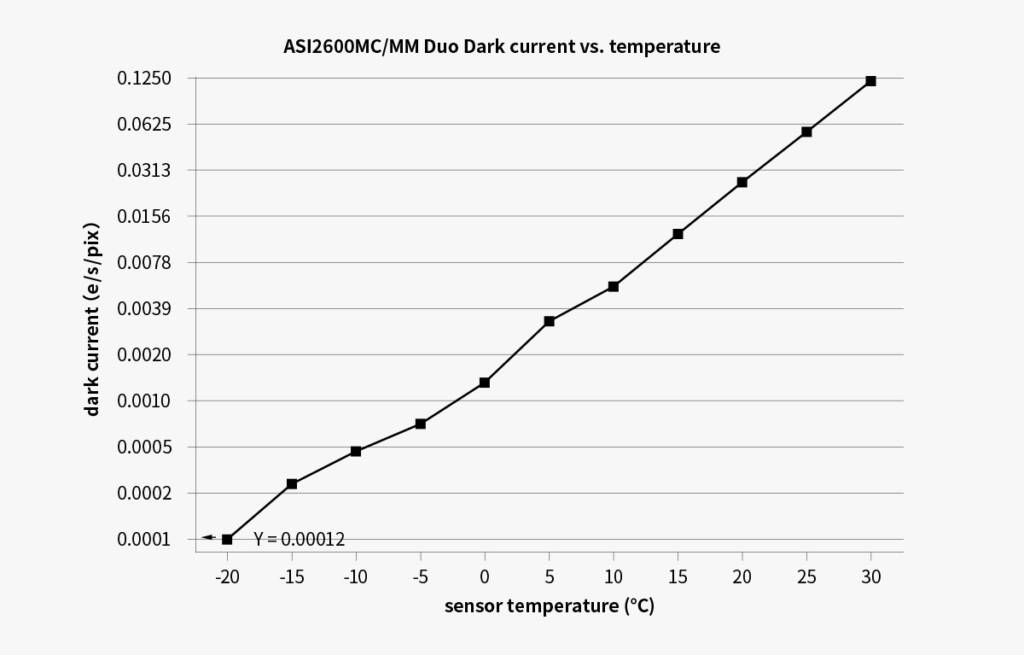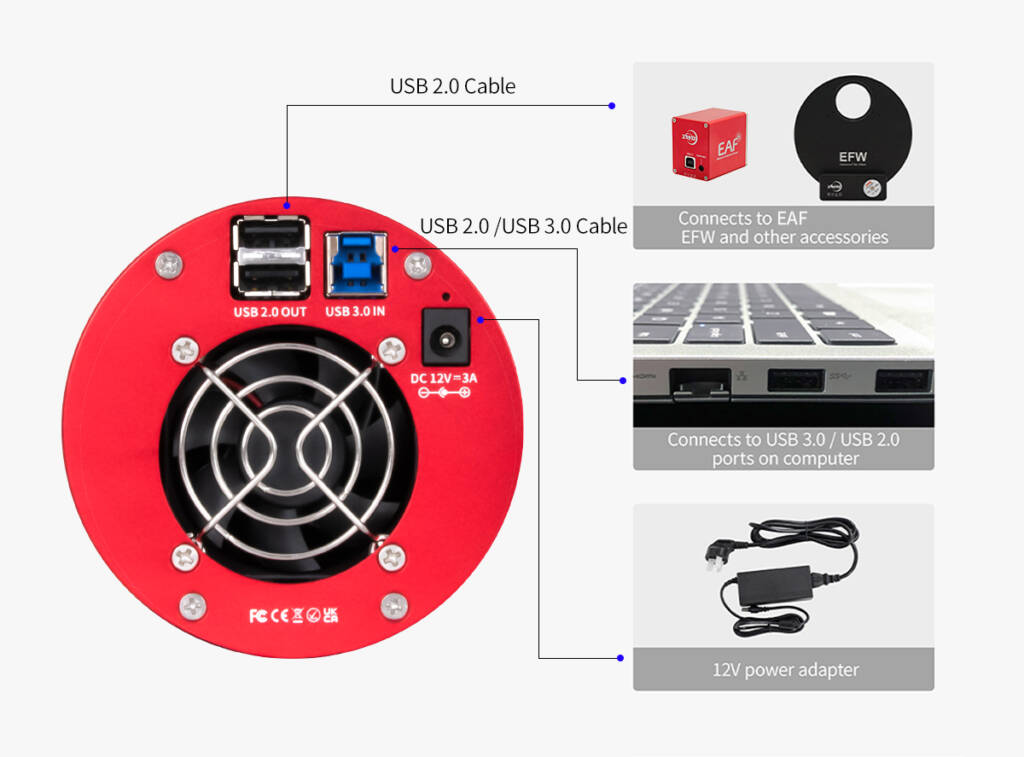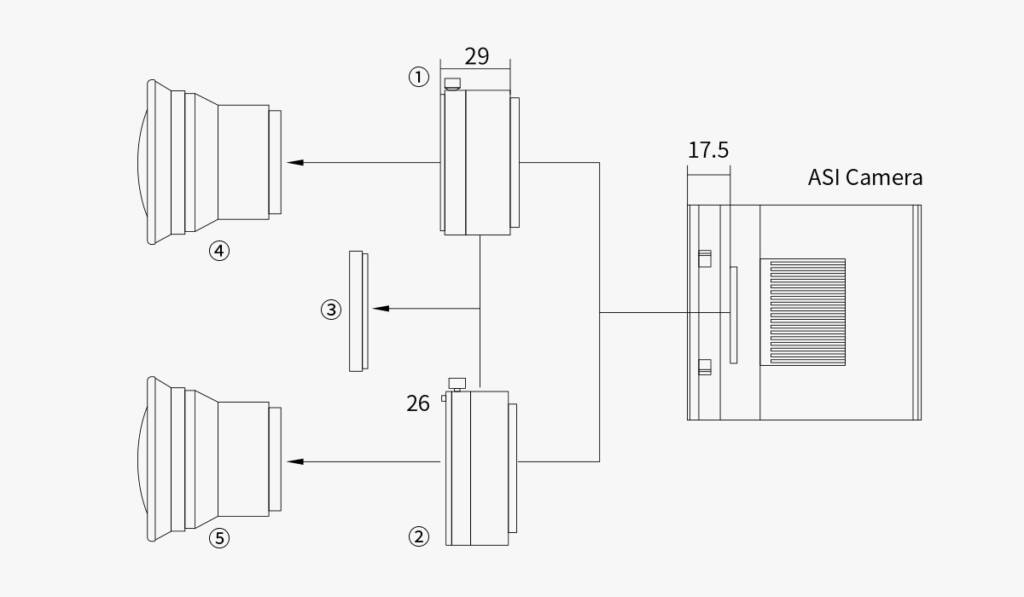
ZWO ASI2600MC Pro DUO Color
Description
- 2 in 1 design: imaging and guiding sensors in one body
- ASP-C sensor size with 26MP resolution
- Pixel size of 3.76µm
- Full well capacity of 73ke
- No amp glow
Contact us to know when we will receive our next ones!
Free Shipping in USA



